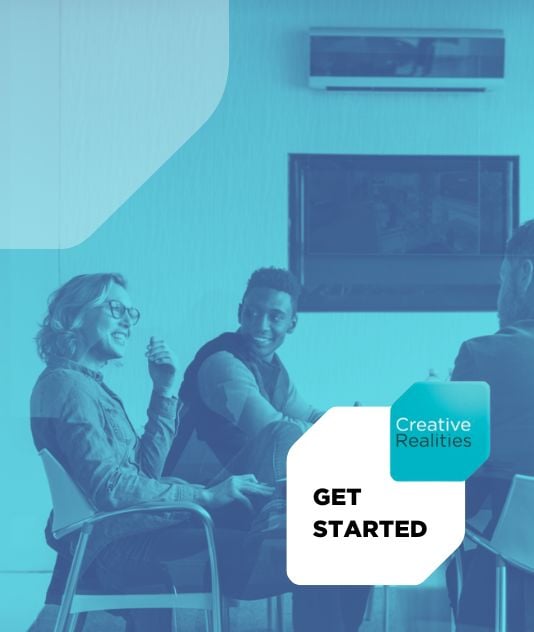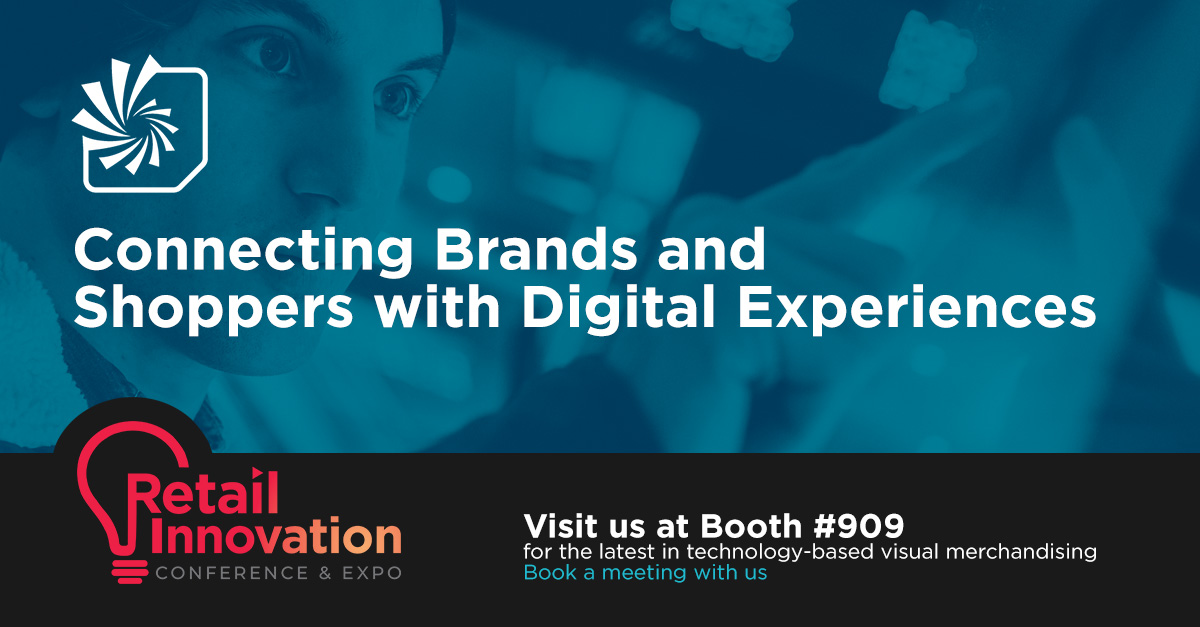Beyond Training, Entertain Me— How Digital Signage Promotes Continuous Learning for Employees
Educator and author Peter Drucker once said of the modern business world, “We now accept that learning is a lifelong process of keeping abreast of change. And the most pressing of tasks is to teach people how to learn.” Indeed, in today’s rapidly changing world, a culture of continuous learning could mean the difference between failing to adapt (and thus stagnating) and continuing to flourish.
The business benefits of continuous learning are well known. According to Deloitte, high-performance learning organizations are 92% more likely to innovate than those that do not. They are 17% more likely to be market leaders and 58% more prepared to meet future customer demands. Whether it is regular mandatory training or self-paced worker-selected learning, it’s clear that ongoing employee learning and training are essential.
Continuous learning not only benefits the company but also helps boost employee retention and reduce turnover. A whopping 40% of employees leave in less than 12 months due to inadequate training. Yet, 94% would stay longer if the company would commit to an employee learning and training program. So why do so many employees feel their companies fail in this area?
If continuous learning is so vital to the success of an organization, perhaps giving employees the opportunity and tools to learn is just as pressing as teaching them to learn. Here’s how digital signage can help.
Promoting the concept, awareness, and value of continuous learning
The statistics alone may be enough to convince an organization’s management to support a culture of continuous learning and even build a learning and training program for its employees. However, these programs focus on formal training, the content of which is primarily (if not entirely) driven by the company. Even if the program aims to help employees grow and advance, these initiatives and their purpose often are not well articulated to employees. You can’t expect employees to engage in learning if they don’t know it is available. Nor can you expect an enthusiastic response when “training” is all about the company, not the employee.
Instead of pumping out a bunch of training modules and wondering why employees don’t rush to access them, let them know what’s in it for them.
For example, a communications platform like digital signage can be a valuable tool for promoting the concept of continuous learning and raising awareness that, when we get good at learning, everyone benefits. Not only do employees learn to work more efficiently and as teams, but they also learn to react and be flexible in the face of change, whether it is due to economic, environmental, or competitive events.
Now, make learning accessible, fun, and enjoyable—not a chore
Now that you’ve explained the idea of continuous learning and why it will benefit everyone, you’ve got to make sure the learning materials aren’t “standard issue”—that is, overly time-consuming and boring.
We tend to think about training as being programmatic and served up in modules of an hour or longer, followed by a quiz at the end. “Traditional” training modules require employees to schedule big blocks of time a few times per year, which frankly many employees don’t have the time nor the desire to do. (The company itself can’t always spare the workers for long blocks of time, especially when whole teams are involved.) Plus, in some industries, like retail, many employees are deskless, having no assigned workstation or computer at which to take such training. This situation makes training inconvenient, expensive, and often not very timely.
However, micro-learning and micro-training, which are more informal than traditional learning processes, are ideal for continuous learning. These methods break down information or instruction into bite-size, digestible chunks that an employee can consume in mere minutes. And what better platform for delivering these short bursts of information, whenever and wherever employees happen to need them? Digital signage in the workplace can deliver micro-training content anywhere and anytime, for one person or a whole team. In fact, digital signage solutions that leverage interactive applications and technologies can even allow employees to obtain credit for this learning or even engage with the content from their mobile devices.
Also, most employees (and employers) think of training in terms of certifications or compliance. The fact is, some of the most effective training has to do with new products and services. Sadly, customers often come into a store knowing more about a new product than the employees serving them. This results in a poor customer experience, embarrassment for the employee, and possibly even the loss of a sale. With digital signage, you can produce short but informative content that keeps employees knowledgeable and up-to-date about the latest and greatest offerings.
And why does corporate training have to be dry and dull? Companies spend so much time and resources producing engaging content to educate their customers, yet they don’t when it comes to employee training. To make learning more appealing, organizations need to apply the same engaging storytelling techniques to employee learning content. In fact, with digital signage, companies have the tremendous opportunity to repurpose customer-facing content into micro-learning experiences for employees.
Finally, digital signage provides an opportunity to make employee learning fun. Like most people, employees don’t want just training; they want to be entertained. With a bit of creativity, you can break down traditional learning modules, add images, video clips, and animation, and turn dry course material into engaging content like “fun facts” or trivia questions. You can then schedule this content to loop on screens in hallways, breakrooms, lunchrooms, or anywhere else where employees are likely to see it regularly. Just remember to keep the information in bite-sized pieces for employees who are always on the move.
To promote continuous learning, leverage your digital signage network.
In a culture of genuine continuous learning, employee training doesn’t wait until some urgent requirement or need arises. It is an ongoing part of working in the organization, made all the more critical because the company’s customers themselves are always learning. That’s why the traditional once- or twice-a-year training approach is no longer sufficient.
With tools like the ReflectView digital signage content management platform, Reflect Xperience, and more, you can solve this problem. With a bit of imagination and the right content tools, you can promote, encourage, and execute a digital signage content program that makes your employees want to keep on learning—and then delivers the content necessary for them to do so. Connect with us on LinkedIn and Twitter for the latest, or contact us to find out how Reflect can help you get started.
Share this
You May Also Like
These Related Stories

Can Engaging Digital Signage Help Combat Employee Turnover?

Want to Encourage a Culture of Collaboration and Healthy Competition? Digital Signage Can Help.
%20is%20Key%20to%20a%20Successful%20ROI%20on%20Your%20Digital%20Signage%20Investment%202.jpg)

